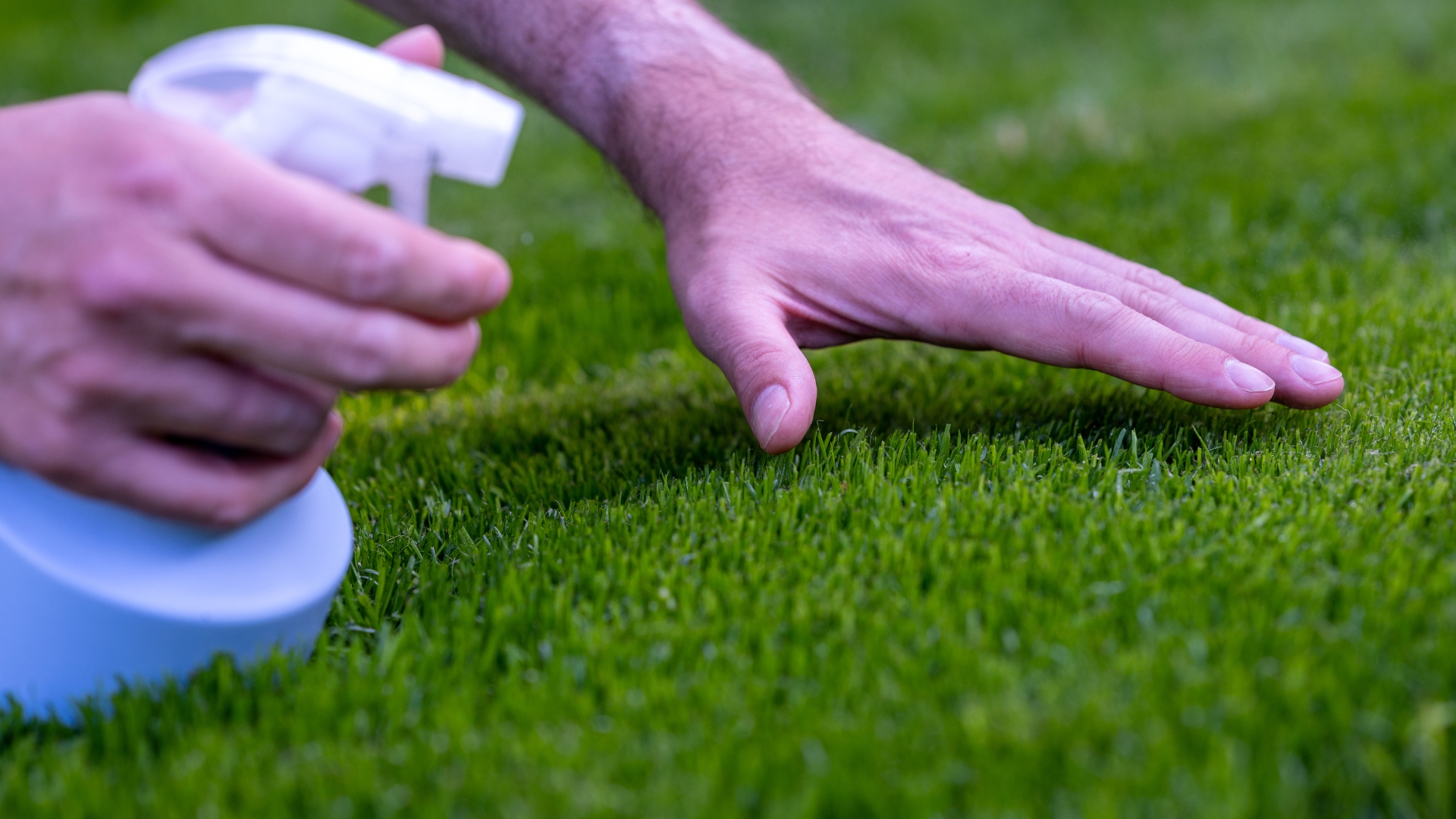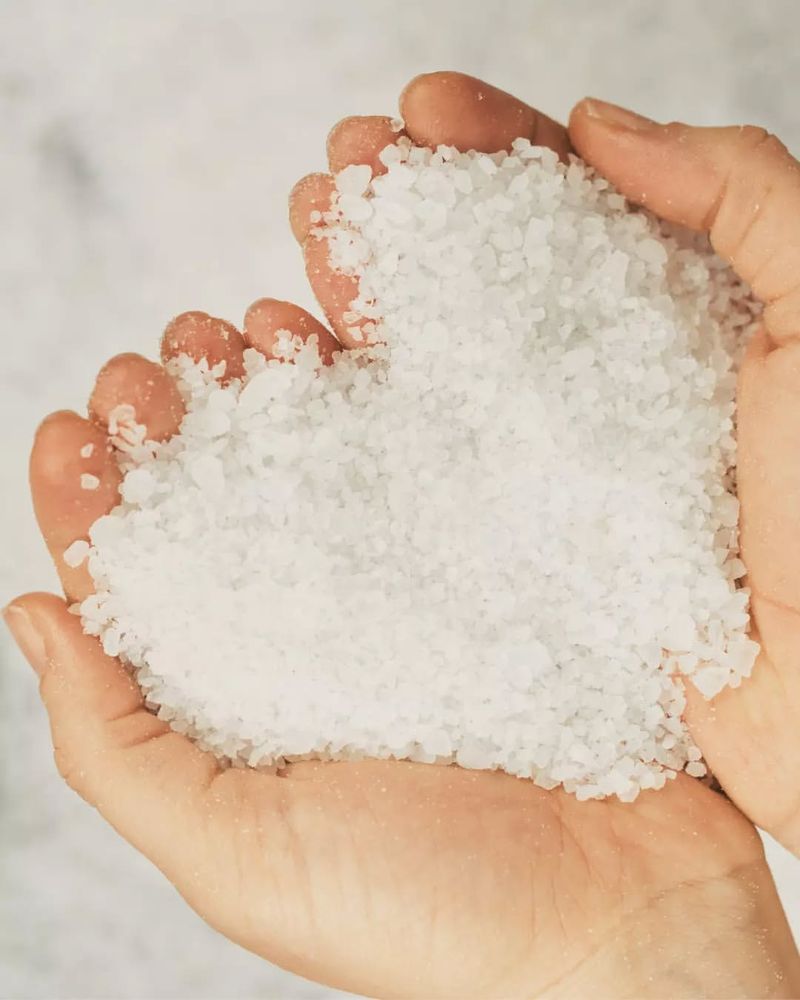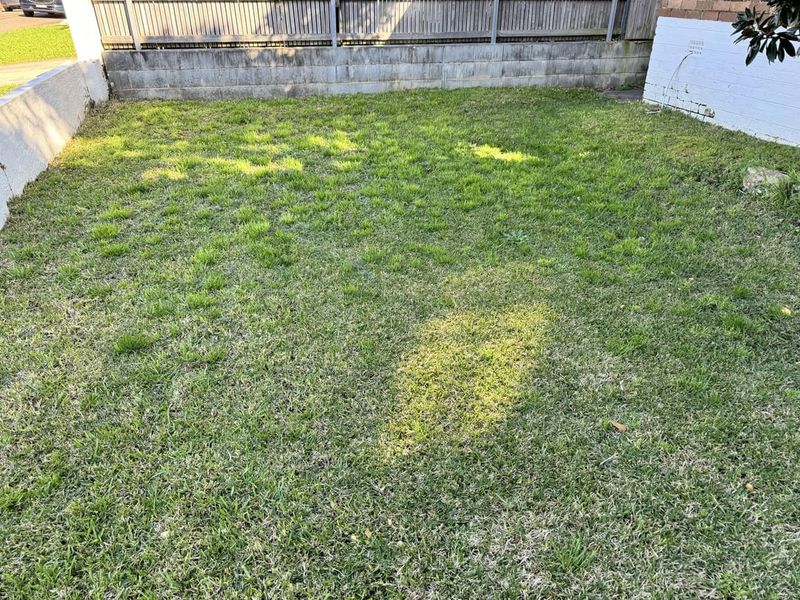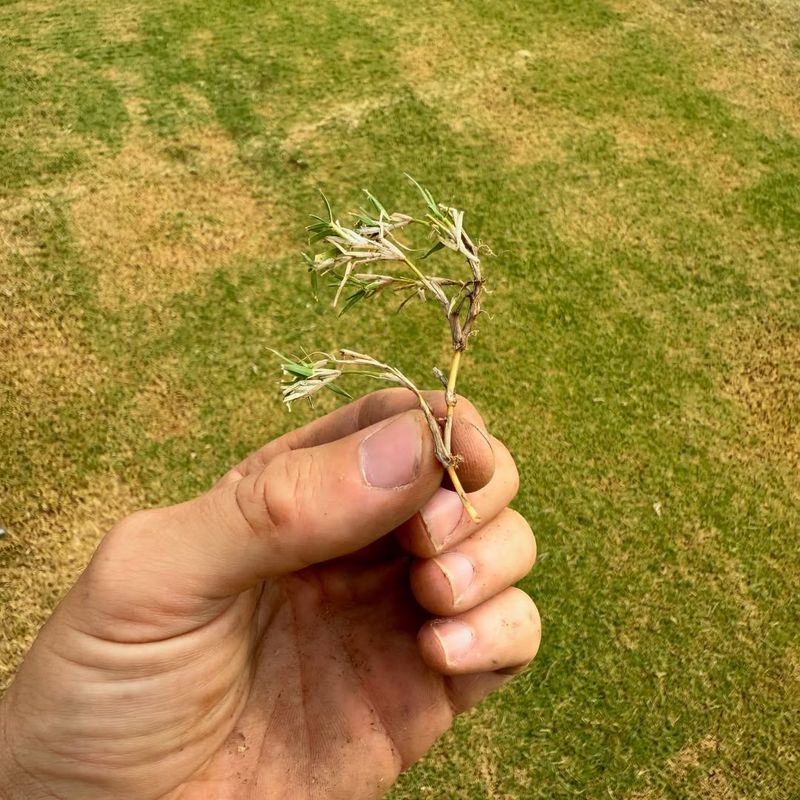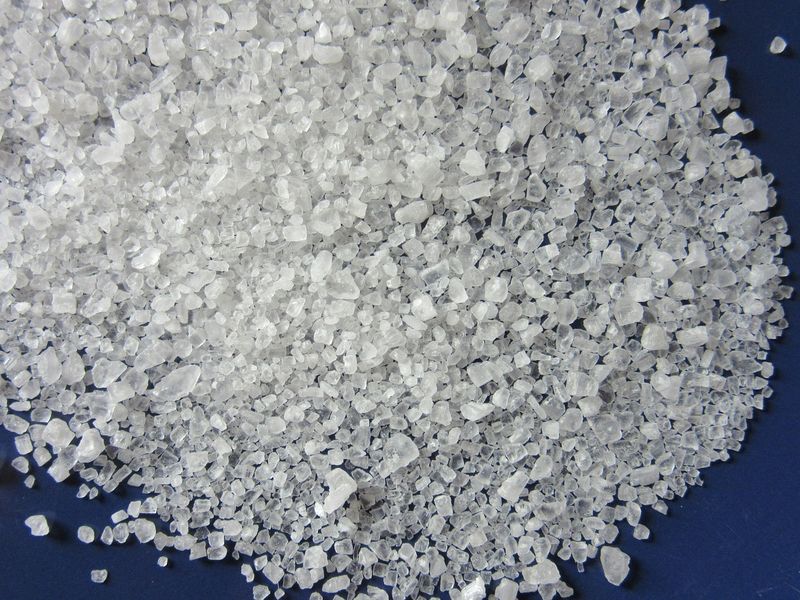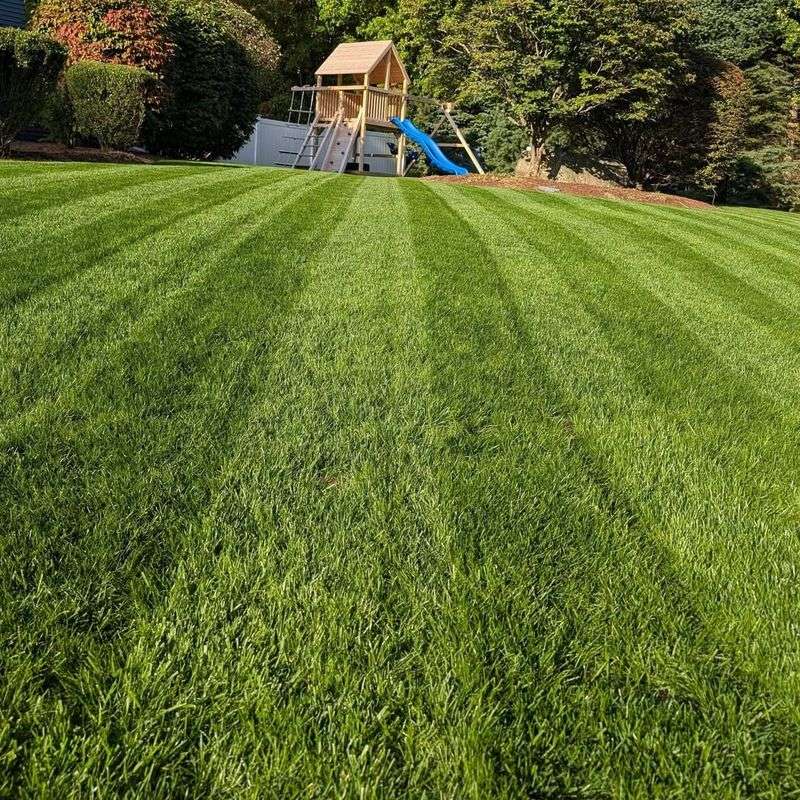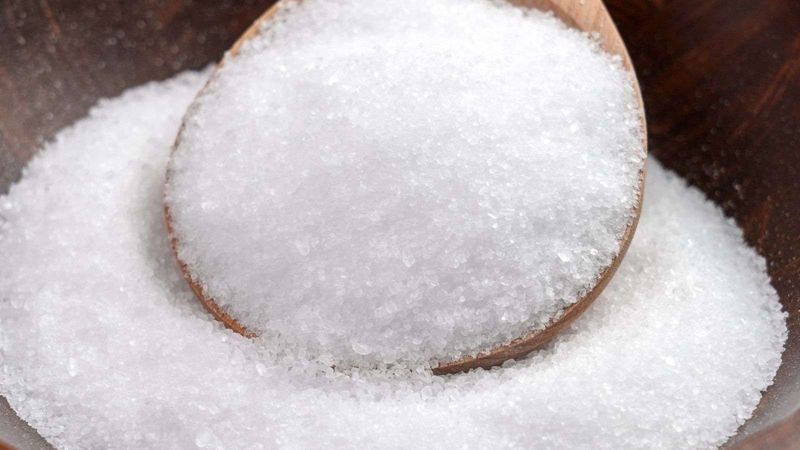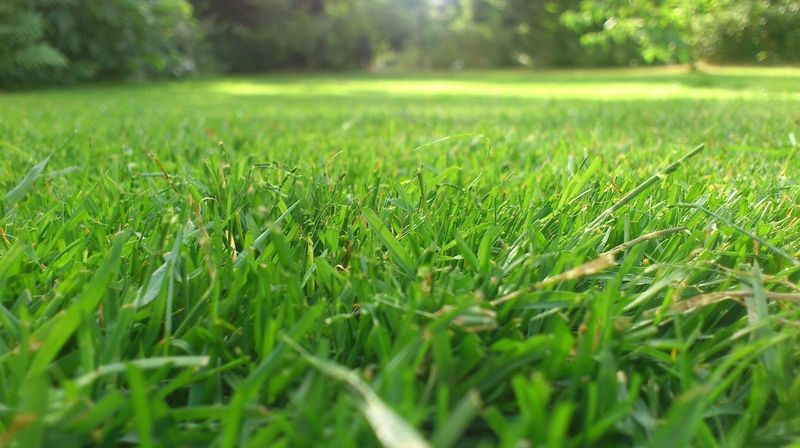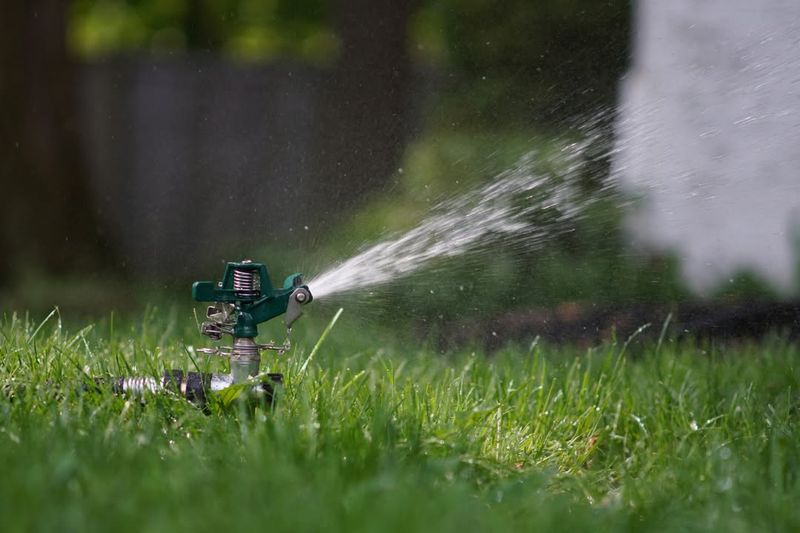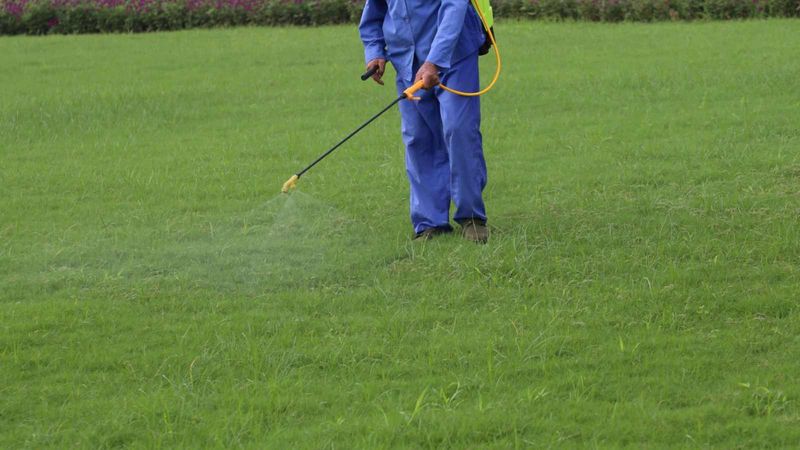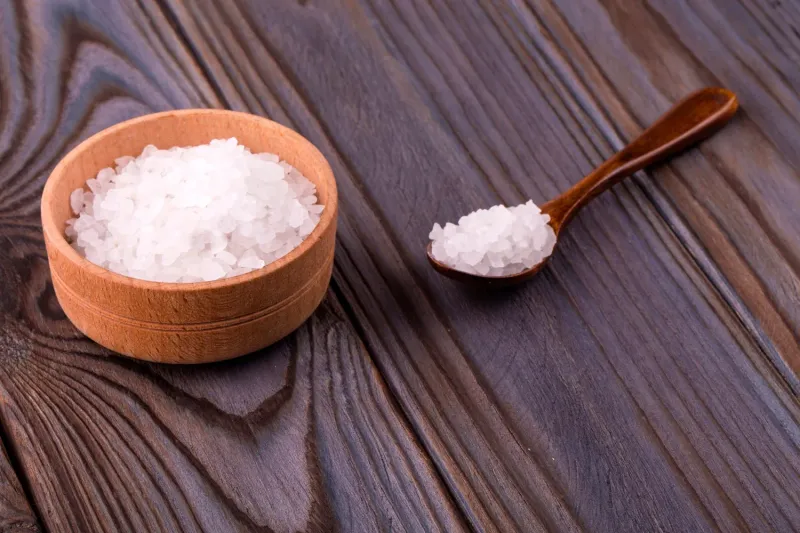Unlock the hidden magic of Epsom salt and see how this humble, magnesium-rich mineral can breathe new life into your lawn. From reviving tired, yellowing grass to giving your turf that deep, velvety green glow, Epsom salt is a secret weapon every lawn enthusiast should know. Discover when, why, and how to use it for maximum impact—and turn your yard into the lush, envy-worthy oasis you’ve always imagined. Your dream lawn is closer than you think, and it might just start with a sprinkle of salt.
1. Benefits Of Epsom Salt For Lawn Health
Revitalizing your lawn has never been more exciting! Epsom salt offers a delightful boost to your grass, enhancing color and thickness. The magnesium and sulfur found in Epsom salt improve chlorophyll production, enriching the green hue.
Thicker grass blades lead to a more resilient lawn, able to withstand everyday foot traffic. In addition, root strength is bolstered, making your lawn more drought-resistant.
2. Signs Your Lawn May Need Epsom Salt
Is your lawn looking a bit lackluster? It might be hinting at a magnesium deficiency. When grass appears dull, thin, or pale, it could be crying out for Epsom salt. Yellow patches and stunted growth are tell-tale signs that your lawn is thirsty for magnesium.
Applying Epsom salt can rectify these imbalances, reviving your lawn’s vibrancy. Consider it a lawn SOS that Epsom salt is ready to answer. Take a closer look, and let those visual cues guide you to a healthier, greener lawn.
3. Soil Testing For Magnesium Deficiency
Testing the soil can unravel the mystery of your lawn’s health. By conducting a simple soil test, you can determine magnesium levels in your lawn. You’ll need a soil testing kit, easily found at garden centers.
Pay attention to magnesium content; low levels indicate the need for Epsom salt. Knowing the exact deficiency empowers you to take corrective actions.
Soil testing not only aids in current lawn care but sets the stage for future growth. So grab that kit, and let science lead the way to a greener, healthier lawn.
4. Yellowing Grass And Other Visual Clues
Nothing says, “Help!” quite like yellowing grass. Those unsightly patches aren’t just an aesthetic issue; they signal a deeper nutrient lack. Magnesium and sulfur, present in Epsom salt, are often missing in these scenarios.
Such deficiencies can lead to slow growth and less vibrant grass. By recognizing these signs early, you can use Epsom salt to replenish the missing nutrients. Imagine reversing that dullness with a sprinkle of magic. The result? A lawn that’s not just surviving but thriving.
5. Comparing Epsom Salt To Traditional Lawn Fertilizers
In the battle of lawn enhancers, how does Epsom salt stack up? Unlike traditional fertilizers, Epsom salt specifically targets magnesium and sulfur deficiencies. While standard fertilizers offer a mix of nutrients, Epsom salt zeroes in on particular needs.
It’s like choosing a tailored suit over an off-the-rack option. When used correctly, Epsom salt complements other fertilizers, enhancing overall effectiveness. It’s a specialized approach that can turn a good lawn into a great one. So why not give your grass the VIP treatment it deserves?
6. Seasonal Timing For Application
Timing is everything, especially when it comes to lawn care. Applying Epsom salt at the right time of year can amplify its benefits. Spring and fall are prime seasons, aligning with natural growth cycles.
During these periods, grass is ready to absorb nutrients efficiently. Avoid mid-summer applications, as high temperatures can lead to rapid evaporation.
Consider the unique climate of your region to fine-tune the timing. With the proper schedule, Epsom salt becomes a seasonal ally in your quest for the perfect lawn.
7. How Different Grass Types Respond
Not all grass types react the same way to Epsom salt. Bermuda grass, for instance, thrives with a magnesium boost, enhancing its vibrant color.
Fescue, on the other hand, appreciates the added root strength, becoming more robust. Kentucky bluegrass, with its fine blades, benefits from thicker growth and improved resilience.
Understanding these differences allows for tailored lawn care, optimizing Epsom salt’s impact. It’s like giving each grass type its own personalized spa day. The result? A lawn that’s as diverse as it is beautiful.
8. Environmental Factors That Influence Magnesium Levels
Nature has its own way of influencing your lawn’s health. Environmental factors such as rainfall and soil pH play significant roles in magnesium availability. Too much rain can wash away nutrients, while incorrect pH levels may block magnesium absorption.
Epsom salt can help counter these natural fluctuations, maintaining a balance. Awareness of these factors is key to proactive lawn care. By adjusting your approach based on the environment, you ensure magnesium levels remain optimal.
9. Common Misconceptions About Epsom Salt In Lawns
Epsom salt is surrounded by myths that can mislead homeowners. One common misconception is that more is always better, leading to overuse. Contrary to popular belief, Epsom salt is not a cure-all but a specific treatment for magnesium and sulfur deficiencies.
Science backs these claims, emphasizing targeted use. Misunderstandings can result in ineffective or even harmful applications.
It’s essential to separate fact from fiction to utilize Epsom salt effectively. A well-informed approach ensures your lawn receives the precise care it needs, without falling for myths.
10. Consulting Lawn Care Professionals
Sometimes, a little advice goes a long way. Consulting a lawn care professional before using Epsom salt can be incredibly beneficial. These experts can assess soil conditions and offer tailored recommendations.
Their insights help avoid common pitfalls and enhance lawn care practices. If you’re unsure about your soil’s needs, a professional’s expertise can be invaluable.
11. Monitoring Lawn Response After Application
A watchful eye ensures success! After using Epsom salt, monitor your lawn’s response to gauge effectiveness. Look for changes in color, thickness, and growth.
Take pictures to track progress over time, making it easier to spot improvements. This ongoing assessment helps refine your approach, ensuring that Epsom salt delivers the desired results.
Patience and attention to detail are vital in this process. By staying observant, you can celebrate your lawn’s transformation and make informed decisions for future care.
12. Frequency Of Safe Use
Finding the right balance is crucial! Epsom salt can be applied safely every six weeks, avoiding nutrient buildup. This frequency provides consistent magnesium and sulfur replenishment without overwhelming the grass.
Keeping a schedule helps maintain the lawn’s health and prevents potential imbalances. Regular application supports ongoing growth and vibrancy. It’s a simple yet effective strategy to integrate Epsom salt into your routine.
13. Risks Of Overusing Epsom Salt
Too much of a good thing can spell trouble! Overusing Epsom salt risks nutrient imbalances and soil damage. Excessive magnesium might hinder calcium absorption, affecting grass health.
These issues can lead to weak growth and poor resilience. It’s essential to follow recommended guidelines and avoid heavy-handed applications. Moderation is key to harnessing the benefits without inviting problems.
14. Integrating Epsom Salt Into A Broader Lawn Care Routine
Blend Epsom salt into your holistic lawn care approach for optimal results. Pair it with regular mowing, watering, and traditional fertilizers. This integration nurtures a balanced ecosystem, supporting all aspects of lawn health.
Epsom salt acts as a complementary element, enhancing specific areas while working in harmony with other treatments. A well-rounded routine ensures robust growth and resilience. By weaving Epsom salt into your broader care plan, you cultivate a lawn that’s both beautiful and sustainable.

